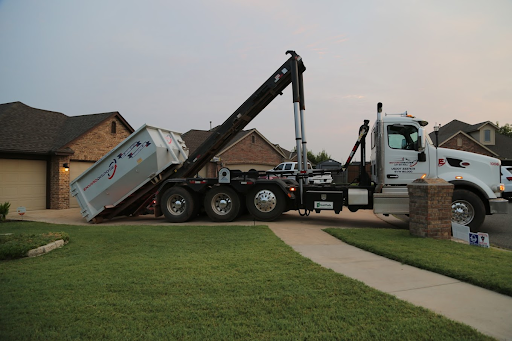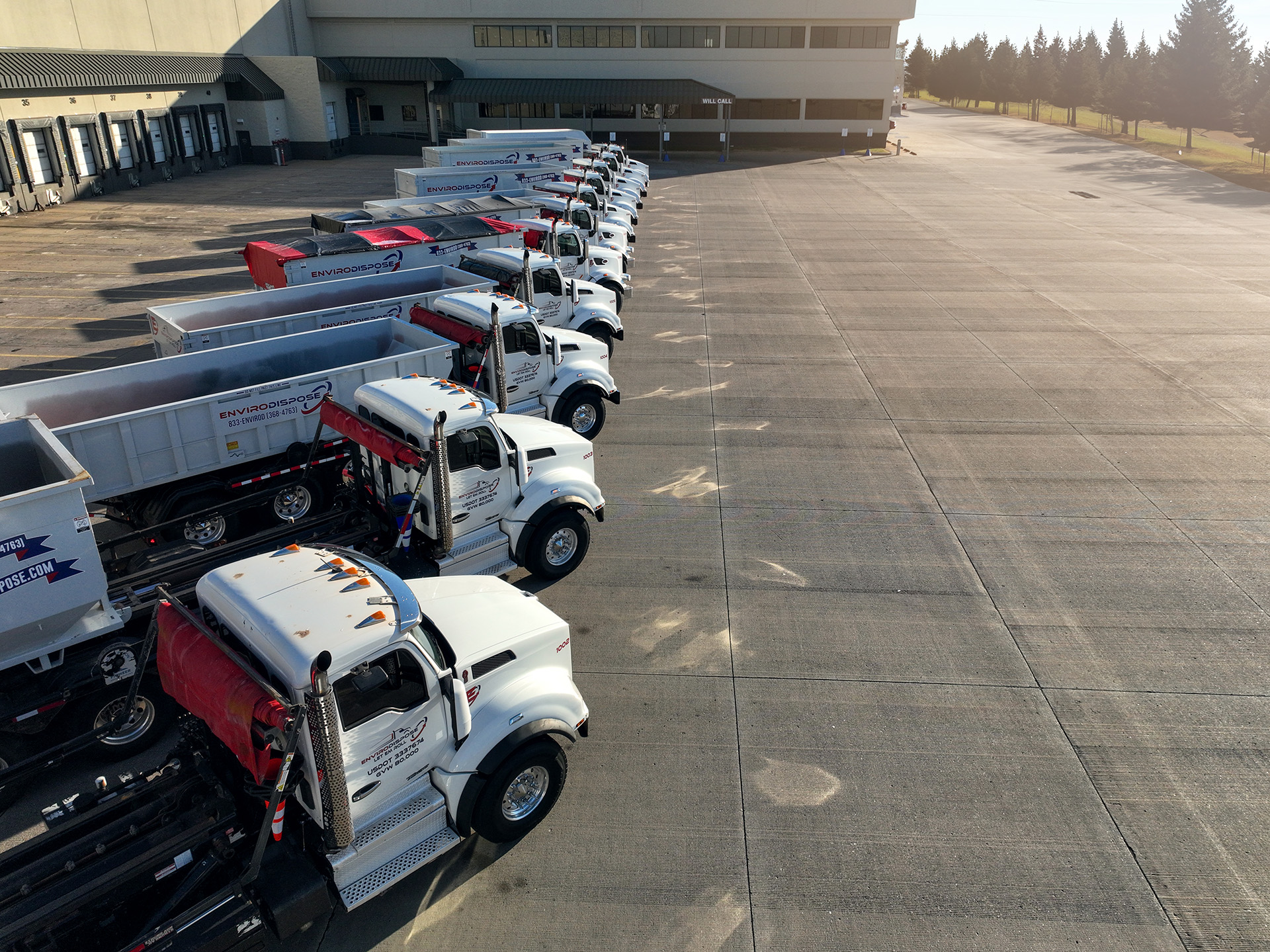
Effective Waste Management for Construction Sites
Introduction:
Managing waste effectively on construction sites is crucial for both the environment and the project’s budget. Construction projects generate a significant amount of waste, including materials like concrete, wood, metal, and plastics.
Without a proper waste management rentals plan, these materials can quickly pile up, leading to safety hazards, higher costs, and environmental damage. By implementing effective waste management practices, we can keep our work sites safe, organized, and in compliance with local regulations.
That said, let’s explore key strategies and best practices for managing waste on construction sites to ensure our projects run smoothly and sustainably.
Importance of Waste Management on Construction Sites
Effective waste management on construction sites is essential for several reasons. First and foremost, it helps create a safer work environment. Piles of debris and clutter can pose significant safety hazards for workers, leading to accidents and injuries.
By maintaining a clean and organized site, we reduce the risk of slips, trips, and falls, making it safer for everyone involved.
Additionally, proper waste management can lead to cost savings. Accumulated waste can slow down operations, as workers have to navigate around debris and clutter.
This inefficiency can extend project timelines and increase labor costs. By having a clear plan for waste disposal, we streamline the workflow and improve productivity. Moreover, recycling and reusing materials can reduce the need to purchase new supplies, further reducing expenses.
Effective waste management also ensures compliance with local regulations and environmental standards. Construction sites generate various types of waste, some of which may be hazardous. Improper disposal of these materials can lead to legal consequences and fines. By following best practices for waste segregation, disposal, and recycling, we can stay compliant and contribute to environmental sustainability.
Strategies for Minimizing Waste on Construction Sites
Minimizing waste on construction sites not only helps the environment but also makes projects more cost-effective and efficient. Here are some practical strategies to consider:
1. Accurate Planning: Start by estimating the amount and types of waste your project will generate. This allows us to order materials more precisely, reducing excess. Projects that are carefully planned tend to generate less waste because resources are used more efficiently.
2. Material Management: Store construction materials properly to prevent damage and waste. Use only what is needed for specific tasks instead of stockpiling large amounts on-site. Protecting materials from the weather and handling them carefully can minimize waste.
3. Recycling and Reusing: Identify materials that can be recycled or reused, such as metal, wood, and concrete. Having designated recycling bins and areas can help segregate recyclable materials easily. Reusing certain materials when possible also helps reduce waste.
4. On-Site Waste Segregation: Implement a system for separating different types of waste on-site. Having separate bins for different materials like metals, plastics, and general waste makes it easier to process and recycle.
5. Worker Training: Educate all workers about the importance of waste minimization and proper disposal practices. Make sure everyone understands the procedures for recycling and waste segregation. A team that is knowledgeable about these practices can play a significant role in minimizing waste.
By incorporating these strategies, we can significantly reduce the waste generated on construction sites. This not only makes our projects more sustainable but also enhances the overall efficiency and cost-effectiveness of our operations.
Choosing the Right Dumpster for Construction Waste
Selecting the correct dumpster size for your construction site is crucial for efficient waste management. Dumpsters come in various sizes, each suitable for different types of projects. Choosing the wrong size can lead to either overflow issues or paying for unnecessary extra space.
Here are some guidelines to help you pick the right dumpster:
1. 10-Yard Dumpster: Best for small construction projects like bathroom remodels or minor renovations. These dumpsters are compact but can hold a significant amount of waste, including drywall, small tiles, and wood scraps.
2. 20-Yard Dumpster: Ideal for medium-sized projects such as kitchen renovations or garage cleanouts. A 20-yard dumpster can handle larger debris like cabinets, countertops, and flooring materials without requiring too many trips for emptying.
3. 30-Yard Dumpster: Suitable for larger projects, including new home construction or major remodels. This size can accommodate heavier materials, such as concrete and large amounts of wood, making it a versatile option for various types of waste.
4. 40-Yard Dumpster: Perfect for the largest construction jobs, such as commercial roof replacements or complete building demolitions. This size can handle the substantial volume of waste generated by these extensive projects.
When choosing a dumpster, consider the type of waste you’ll be disposing of, your project’s scale, and the space available at your site for placing the dumpster. Proper planning ensures that you have the right-sized dumpster to keep your site clean and your project running smoothly.
Best Practices for Sustainable Waste Disposal
Sustainable waste disposal not only benefits the environment but also promotes efficiency and cost savings on construction sites. By adopting green practices, we can reduce our environmental impact and support a cleaner future. Here are some best practices to follow:
1. Reduce, Reuse, Recycle: Implementing the three Rs is fundamental for sustainable waste management. Reduce waste by ordering only what you need. Reuse materials whenever possible, and set up a recycling system for items like metal, wood, and plastic.
2. Segregate Waste: Properly sorting waste at the source makes recycling easier and more effective. Separate recyclable materials, hazardous waste, and general trash into designated bins. This process simplifies disposal and ensures compliance with environmental regulations.
3. Use Eco-Friendly Materials: Whenever possible, opt for eco-friendly and sustainable building materials. Products made from recycled content or that are biodegradable can significantly reduce the environmental impact of your project.
4. Educate the Team: Make sure all team members understand the importance of sustainable waste practices. Provide training on waste segregation, recycling procedures, and the use of eco-friendly materials. A knowledgeable team is more likely to follow green practices diligently.
5. Partner with Green Services: Work with waste disposal companies that prioritize sustainability. These companies will often have better recycling programs and more environmentally friendly disposal methods.
By following these best practices, we can ensure that our waste disposal methods are as sustainable as possible. This not only helps protect the environment but also positions our projects as responsible and forward-thinking.
Conclusion
Effective waste management is essential for maintaining safe, cost-effective, and sustainable construction sites. We can keep our projects running smoothly and responsibly by understanding the importance of waste management, employing strategies to minimize waste, selecting the right dumpster size, and adopting sustainable disposal practices.
At EnviroDispose, we are dedicated to providing the resources and services needed to manage construction waste effectively. With our wide range of dumpster sizes and commitment to sustainability, we help ensure that your construction projects are both efficient and eco-friendly. Ready to make waste management easier for your next project? Contact EnviroDispose today to find out how we can support your waste disposal needs with our commercial dumpster rentals!


